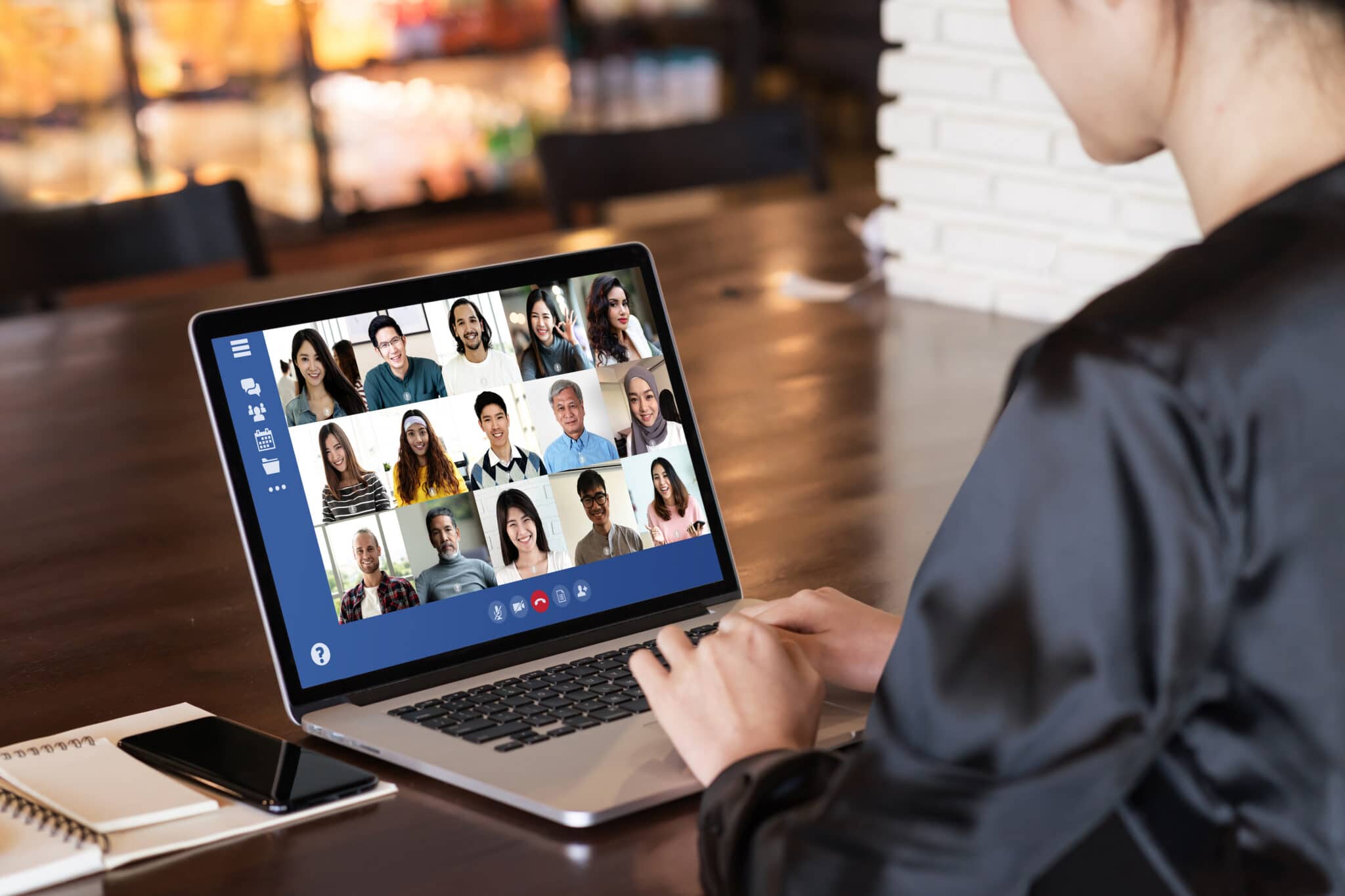This post continues our series by a onetime academic job seeker, now academic-at-large.
Last year, researchers who study academic publishing began warning of productivity gaps due to the conditions of the COVID-19 pandemic, foreseeing a lagging effect in publications and research activities that might hit female and marginalized faculty the hardest. And as online teaching demands grew, some faculty wondered whether, and to what degree, they would be penalized for some students’ dissatisfaction with the state of affairs.
In 2021, institutions have begun instituting policy around accounting for these COVID impacts in tenure and promotion. Faculty putting together tenure, promotion, and review/reappointment (RPT) materials have encountered guidance they might use in producing a new kind of academic document: the COVID impact statement. Here’s how four institutions that extended this option for faculty to put their pandemic experience on record recommended the statements be composed, distributed, and considered, in the process of promoting faculty to the next level.
Who needed to write a COVID impact statement?
The choice to include a COVID statement was framed as optional by three of the four institutions whose policies are under review here. Michigan State, after noting the optional nature of filing a COVID statement, added: “[Faculty and staff] are encouraged to document their progress and challenges on an ongoing basis…Examples of what you have done and aimed to do during this time will ensure institutional memory by conveying the impact of the pandemic on your work.” Clemson, which required faculty to include a statement in dossiers submitted for annual reviews and RPT reviews pertaining to activities carried out between 2020 and 2022, added: “Faculty may opt to write a very brief statement if they feel the pandemic had minimal or no effect on their work.”
What’s in the document:
Institutions brainstormed long lists of possible impacts to research and teaching that faculty and staff could include in their COVID impact statements—or, if no separate statement was recommended, within their standard narrative statements. Such possible impacts generally fell into a few categories.
Research: NYU suggested including “disruptions to research and creative work, and how they were addressed.” Penn State recommended addressing a list of possible research impacts, including “encountering travel and field restrictions”; “book contracts/publications delayed due to accessibility/press closures/other restrictions”; “alterations in time devoted to research and creative accomplishments due to increased teaching, service, or pandemic safety responsibilities.”
Money: NYU suggested faculty mention “changes in resources to support your work.” Each institution recommended that faculty state disruptions to such arrangements as grants, visiting fellowships, and research funds.
Teaching and advising: Institutions, many of whom suspended the requirement to submit student and peer teaching evaluations for the spring of 2020, singled out teaching as an area where evaluators might have to give quite a bit of latitude to faculty. Penn State mentioned a long list of possible impacts in these areas, including “Assisting students to adjust to remote instruction”; “modifying courses to be inclusive”; and “encountering challenges with technology.”
Service: Michigan State recognized that service responsibilities might have “greatly increased” for some faculty, “especially for those doing community outreach and engagement,” while other external service obligations, like journal editorship or chairing academic conference sessions, might have changed in unpredictable ways.
Personal matters:
As you might expect, policy-makers had to phrase their recommendations around documenting more personal impacts of the pandemic carefully. This is the most unusual part of the exercise of writing a COVID statement, and some people engaged in the process from the faculty side found it difficult. (As one academic observed on Twitter, “COVID impact statements feel risky because academia asks us to pretend we aren’t full people and to write hero narratives about our work only. So to do that but also detail personal, community, and family challenges all of a sudden is terrifying.”)
Clemson noted that it would be “appropriate” for faculty to write about the “emotional labor and impact they have recently experienced supporting their mental health and wellness needs, as well as the needs of others,” but hastened to stipulate that this wasn’t required. “Note,” the document went on, “that this statement is not considered confidential.” Michigan State suggested writers catalog personal circumstances that might have led to reduced productivity, like “lack of infrastructure at home to support virtual work (e.g. technology access/lack of access, overloaded bandwidth, lack of quiet space, etc.)” and personal circumstances like deaths in the family, homeschooling, and “financial stress caused by the elevated costs of childcare, eldercare, and/or healthcare.”
Who will see it:
NYU directed faculty that the COVID impact statement might be shared with internal and external reviewers. “At a minimum, the information will be treated neutrally; at a maximum, it may positively impact your review.” Clemson, and other institutions, also included language that RPT committees might use in explaining the COVID impact statement to external reviewers.
As institutions made clear, evaluators at every level would have to adjust to include the COVID statement as part of their process. MSU, for one, announced that they would be convening advisory groups across the university to help evaluators learn how to consider pandemic-related faculty information in promotion. This seems wise, since the COVID impact statement will be a part of the RPT process for years to come, as the events of 2020-2021 continue to affect faculty’s lives and work. As with all things COVID, we’re in uncharted territory, and everything is strange; best to document it as we can.
Any opinions, findings, conclusions, or recommendations expressed in this material are those of the authors and do not necessarily reflect the view of Interfolio.









